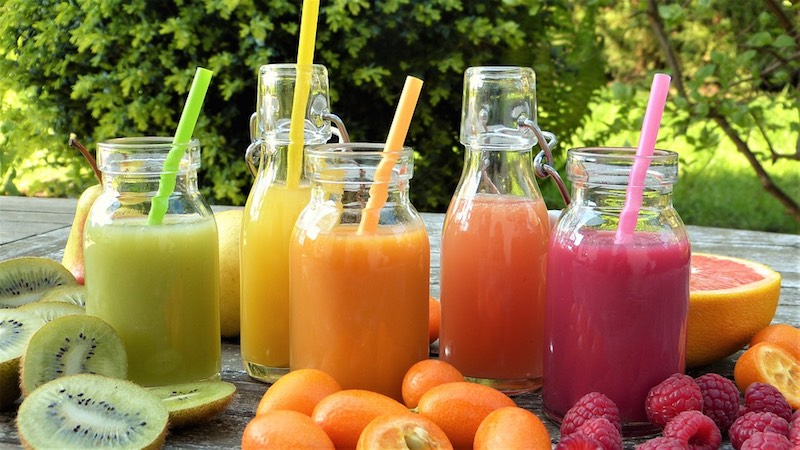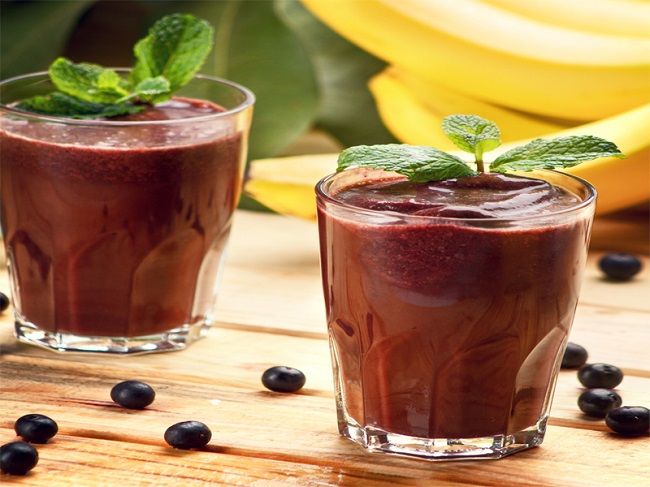Adopting a healthy diet, with the consumption of fruits and vegetables, can become a trap when we do not know how to choose these vegetables.
Eating habits that include eating fruits and vegetables on a daily basis is essential for healthy living. However, for some people, choosing these foods is a complicated task.
Those who are not used to buying this type of food may end up taking home products with quality below the expected, which greatly compromises the success of the healthy diet. Juice-free fruits, dried vegetables and contaminated vegetables are among the pitfalls that lack of experience can lead us to.
In order for you to always buy the best products, we have put together a series of tips that will facilitate your trip to the fair, supermarket or fruit and vegetable shop. You will see that some rules are specific and specific to each food, but there are those more general tips that apply to all products.
Related Reading: Trifecta Reviews
Fruits:

Pineapple: To know if the pineapple is ripe, it is necessary that one of the “leaves” in the middle of its crown comes out easily when it is pulled. In addition, the smoother your peel is , the greater the chance that it will be very sweet.
Watermelon and melon: First of all, identify the side through which the stem of the fruit comes out. Then lightly squeeze the opposite end of it, if it is soft, the fruit is ripe. If it is too soft, the fruit may be ironed.
Lemon and orange: The tip for these fruits is to always buy the smoothest and brightest peels. This is the main indication of ripe, fresh and juice-filled fruit!
Strawberry and tomato: These two fruits do not ripen after being picked, as with other vegetables, so don’t choose the ones that are green. In addition, those that are soft must have passed the point, compromising its flavor.
Banana: Unlike strawberries, bananas can be purchased green which, if left out of the refrigerator, will ripen in a few days. Always opt for bunches with smaller, fatter fruits, they will have less pesticides and more nutrients.
Grape: The grapes also do not ripen after being picked, so choose the most purple or green, depending on the type of grape you choose to buy. If the grapes in the bunch are whitish, leave them, they were harvested ahead of time.
Vegetables and Greens:
Potato: Be alert when the potato skin is greenish, this is a sign of the presence of toxic substances. Also avoid those with sprouts, this characteristic indicates that the starch contained in the vegetable has already turned into sugar, and this only happens in potatoes that have already passed.
Onions: Like potatoes, onions that have sprouts should not be purchased. Those with a strong smell should also be discarded, as this is a strong sign of decay.
Sweet potatoes : Prefer the longest sweet potatoes, measuring between 13 and 15 cm. The skin must be smooth and very thin, and the potato must be firm.
Cabbage and broccoli: Buy only dark green leaves, without spots and firm. These spots indicate oxidation. Also, in the case of cabbage, do not buy the leaves already cut, because, once chopped, the cabbage starts losing nutrients.
Spinach: Because it is a very sensitive vegetable, spinach should always be refrigerated in the markets. If you buy vegetables at fairs, they should always be moist. Never take home packs with dry, yellowed leaves and dark stems. These characteristics show that the spinach is old.
Carrot and okra: Make sure the tip of the two vegetables breaks easily. If they are withered and limp, they are old. Always choose the smallest carrots and okra; when very large, the chance of being hard is greater.


